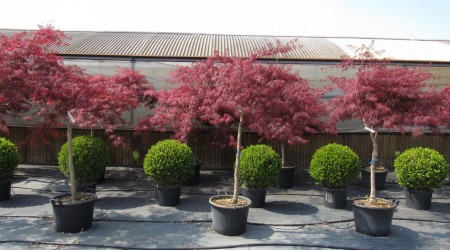
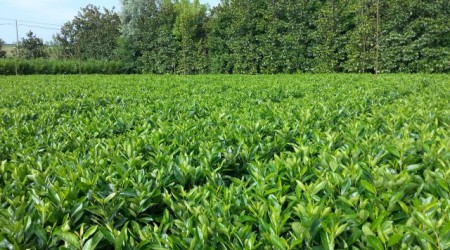
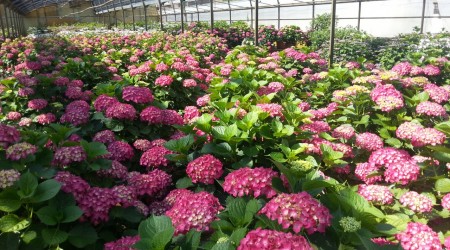
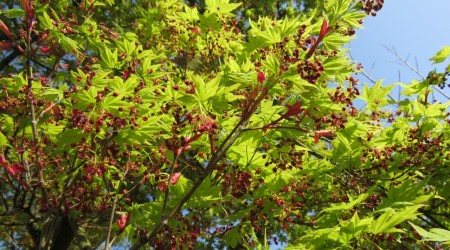
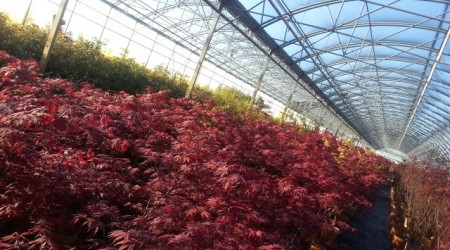
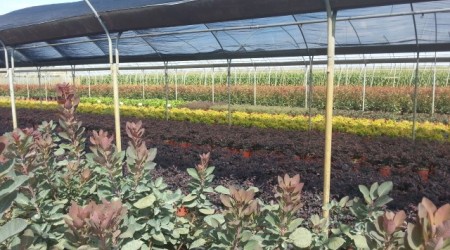
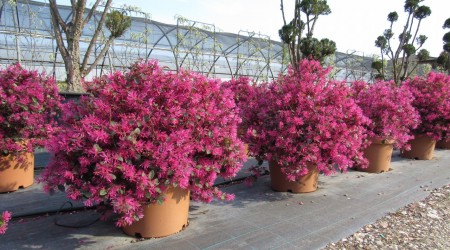
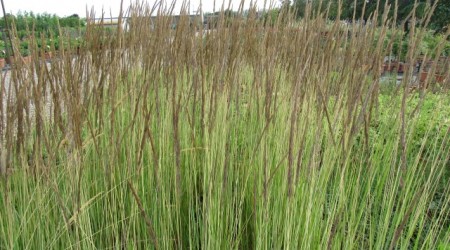
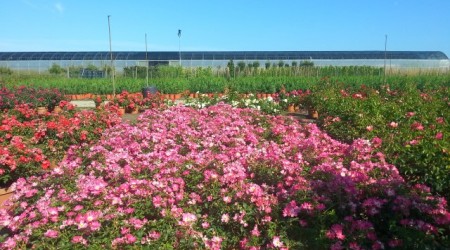
| Production | Container |
| Shape | Bush freeform |
| Family | poaceae |
| Type of plants | Herbaceous perrennials |
| Height | From 0,30 to 0,40 mt (adult) |
| Flower | August-October, creamy white ears |
| Berrie / Fruit | None |
| Leaf | Clump of thin green leaves |
| Fragrance | Non |
| Growth rate | Medium |
| Habit | Erect |
| Exposure |
Sun Halfshade |
| Info | Ideal for private gardens and public parks |
The Pennisetum alopecuroides Little Bunny is a dwarf ornamental graminacea, belonging to the Poaceae family. It is a rustic and very strong graminacea, but with the right combinations it becomes very elegant and adapts to classic and modern gardens.
It is shown with a tuft of filiform and not very long leaves, which tend to arcs, also called "fountain clump", of bright green color, which in autumn turns to yellow gold.
The rich inflorescence of Pennisetum alopecuroides Little Bunny appears at the end of summer and is formed by short ears, soft as feathers, beige color.
Very compact and uniform growth is perfect for making borders, for delimiting flowerbeds or walkways. However, it is also good if planted in the forehead of a mixed bowl. Usually its height does not exceed 40 cm.
Its many advantages, it has the characteristic characteristics of ornamental grasses: it is ground cover, so it will prevent the growth of unpopulated weed herbs without having to use diserbs.
Do not get sick, so you do not have to use plant protection products: a good economic and health savings.
It does not need constant irrigation, it adapts well to various soil types and asks for only one pruning in March to remove the dry leaves, which can be performed by anyone with a simple garden scissor.
It's worth thinking about this ornamental grass for your own garden, and it can be matched with the Pennisetum alop. Little Honey, the Panicum Prairie Sky or the Muhlenbergia Capillaris.